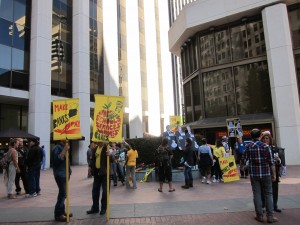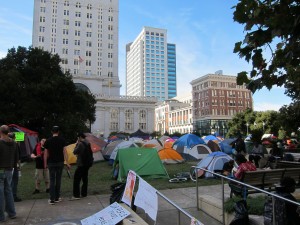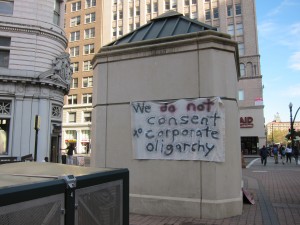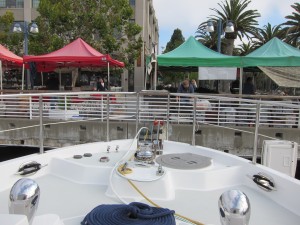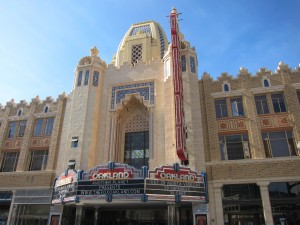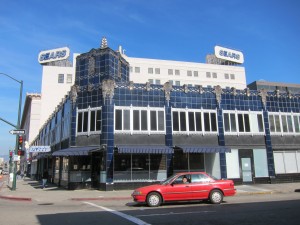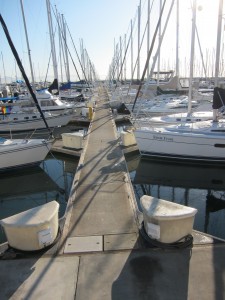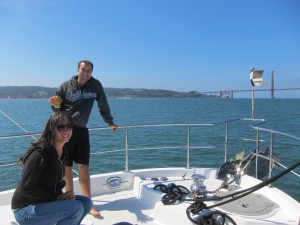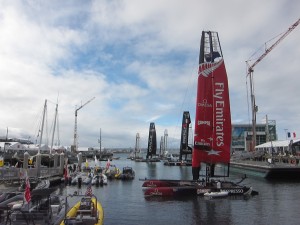The Occupy Wall Street Movement started on September 17, 2011. While the movement was centered in New York City, many other cities around the country started similar movements at the same time. San Francisco’s Occupy Movement was centered in the Financial District near the Ferry Terminal, first at a Bank of America, then at the Federal Reserve Building. Christi often walked by the protestors on her way to her favorite Internet cafe.
Christi worked in the banking world from 1996 to 2007. In 2002, Christi became deeply troubled by the economic policies set by the Federal Reserve, Fannie Mae and Freddie Mac. As time went on, she became more troubled as the policies she viewed unfavorably were expanded. She wanted to join in the San Francisco protest, particularly once they moved to the Federal Reserve Building. Unfortunately, the peaceful protesters were harassed by police from the beginning. Eric made Christi promise never to go into the protest area because it wasn’t safe for a pregnant woman, particularly one who wasn’t yet showing.
After we moved Kosmos to Oakland, we saw that there was an Occupy Oakland protest set up in the park in front of City Hall, in the heart of downtown. Since it was across the street from the BART (train) station, we passed it often. Eric never went over to that side of the street to get a closer look, but Christi did several times.
In keeping her promise to Eric, she never actually went into the park, but she lingered around the sidewalk nearby and talked to some of the people that worked in the shops adjoining the park. There were a few more times she intended to stop by the park that she didn’t, though, because there was police wearing riot gear surrounding the park.
The more Christi talked to the locals, the clearer it became that this movement was different from the other Occupy Movements around the country. Instead of expressing anger about federal policies that have exacerbated income inequality, Oakland was more focused on Continue reading

